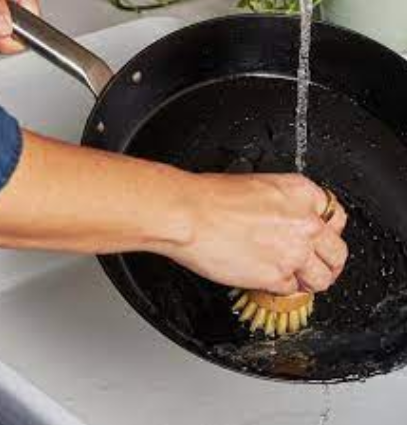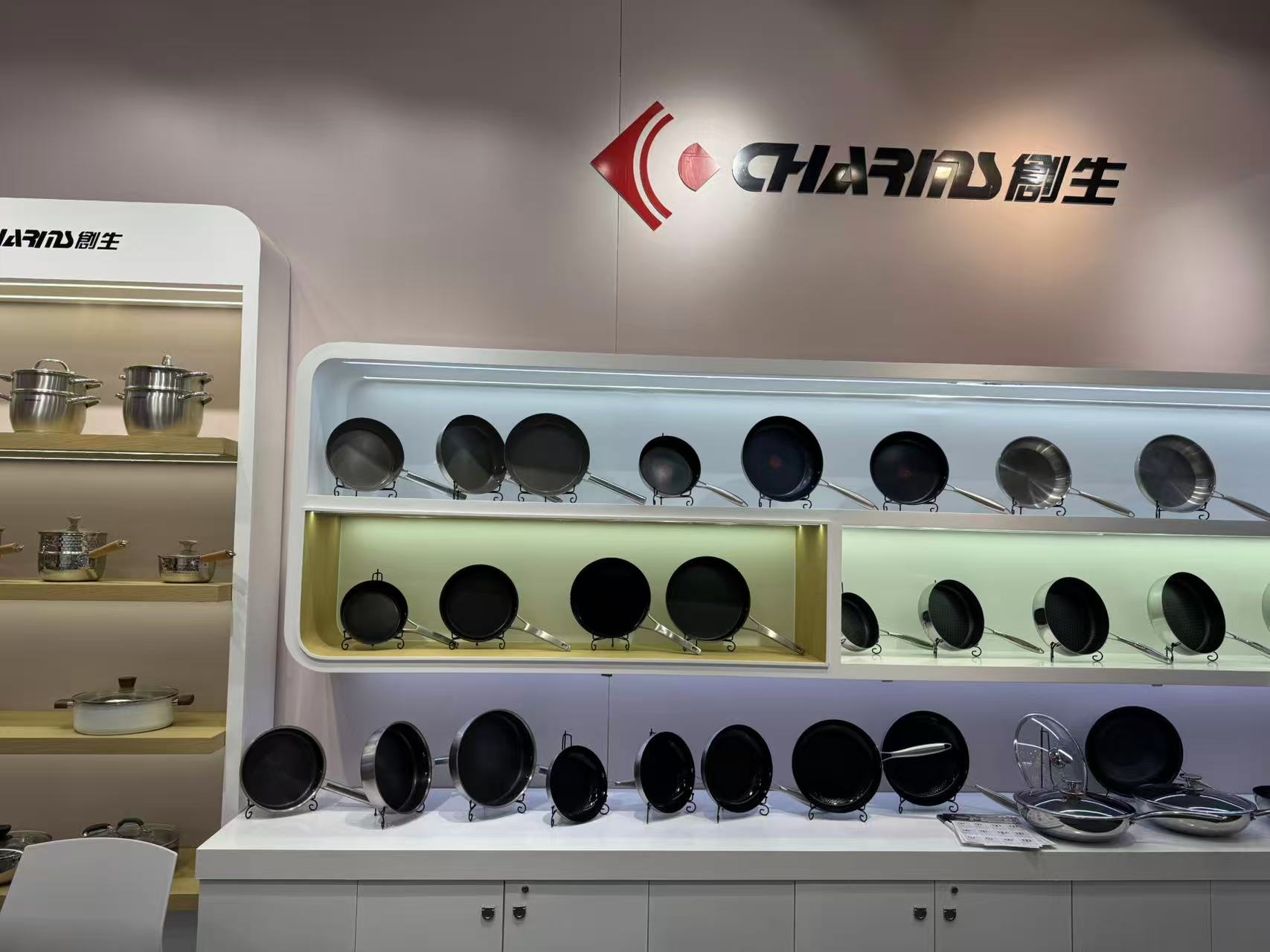In every pro kitchen, cookware isn’t just a tool—it’s part of the safety system that keeps both chefs and diners protected. And let’s be real: stainless steel has earned its spot as one of the safest, most reliable options out there for cooking.
As someone who’s worked closely with chefs, engineers, and food safety experts for years, I’ve seen firsthand how stainless steel holds up in real-world kitchen chaos.
1. It’s Made with Food-Grade 304 Stainless Steel (Safe & Non-Toxic)
Food-grade 304 stainless steel—also called 18/8 or 18/10 stainless—is the global gold standard for cookware.
Its mix of iron, chromium, and nickel creates a protective, self-healing film on the surface that keeps food safe.
Why this matters:
-
304 stainless steel is certified safe for food contact worldwide.
-
It’s non-toxic—no lead, cadmium, or PFOA.
-
The chromium oxide “passive layer” stops rust and corrosion.
Quick tip: Always check for “304,” “18/8,” or “18/10” in specs to ensure global safety compliance (FDA, LFGB, SGS).
2. It Resists Rust, Corrosion, and Staining (No More Ugly Pans)
The word “stainless” describes one of its best traits: resistance to rust and corrosion.
The chromium forms an invisible oxide layer that repairs itself if scratched.
Perks:
-
Rust-free even in humid kitchens.
-
Doesn’t absorb food or smells.
-
Handles detergents and dishwashers with ease.
Pro tip: Avoid leaving it in salt water or acids too long—rinse and dry after use.
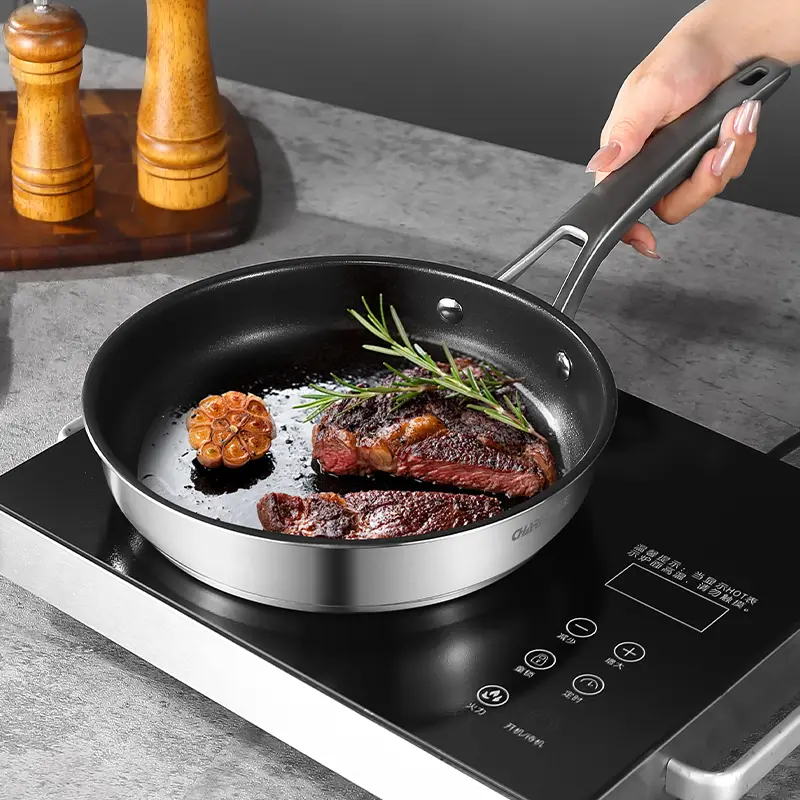
3. It Doesn’t Leach Harmful Chemicals into Your Food
Unlike coated pans or aluminum, stainless steel has no synthetic coatings.
It’s chemically inert—doesn’t react with food under normal cooking temperatures.
Why this matters:
No PTFE/PFAS fumes.
Safe with acids, oils, and fats.
Minimal metal transfer (below global safety limits).
Industry tip: Choose cookware with pure stainless interiors for simpler HACCP compliance.
4. It’s Super Durable (Lasts for Decades, Not Months)
High-quality stainless steel cookware can last decades.
It has high tensile strength, resists dents, warping, and can handle frequent heating/cooling.
Safety advantage: Durable cookware means fewer replacements and less risk of damage-related contamination.
What to look for:
Choose the right gauge and multi-ply base for your kitchen’s workload.
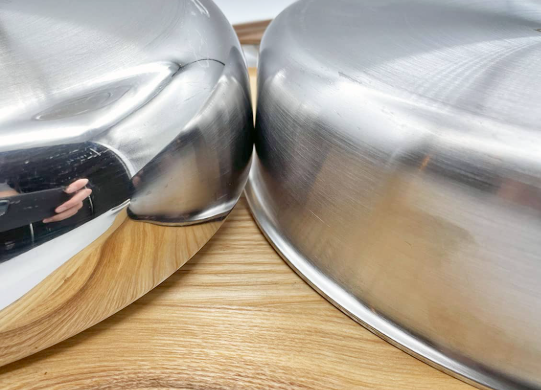
5. It Doesn’t React with Acidic or Alkaline Foods (Keeps Flavors Pure)
Stainless steel is non-reactive, keeping flavors and colors intact.
No metallic taste, even with tomato, citrus, or vinegar-based dishes.
Why it’s crucial:
Reactive metals alter flavor and color—stainless steel keeps food chemistry stable.
6. It’s Easy to Clean (Hygiene Win for Busy Kitchens)
A smooth, non-porous surface makes stainless steel naturally hygienic.
Hygiene perks:
-
Doesn’t trap bacteria.
-
Handles detergents and high-temp dishwashers.
-
Stays visually clean for inspections.
Quick cleaning guide:Soak briefly, use mild detergent, and avoid steel wool. Dry immediately.
7. It Handles High Heat Safely (No Fumes, No Meltdowns)
Stainless steel withstands extreme heat without releasing fumes.
Perfect for searing, frying, roasting, or baking.
Safety implications:
No coatings = no toxic gas risk if overheated.
Multi-ply designs with aluminum cores offer even heat without compromising safety.
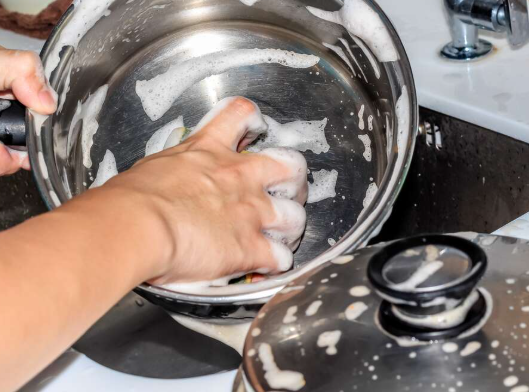
8. No Coatings to Peel or Flake Off (No Contaminated Food)
Because stainless steel is a solid metal, there’s no coating to peel.
Advantages:
-
No microplastics or polymer flakes.
-
Safe with metal utensils.
-
Dishwasher- and scrubber-friendly.
9. It’s Eco-Friendly (100% Recyclable, No Waste)
Stainless steel is 100% recyclable and long-lasting.
Eco benefits:
-
Made with recycled material.
-
Fewer replacements = less landfill waste.
-
Supports a sustainable circular economy.
10. Pro Chefs and Health Experts Trust It Worldwide (For a Reason)
From hospitals to hotels, professionals rely on stainless steel for safety and consistency.
Why it’s trusted:
-
Predictable performance.
-
Meets global hygiene standards.
-
Endorsed by chefs and health experts alike.
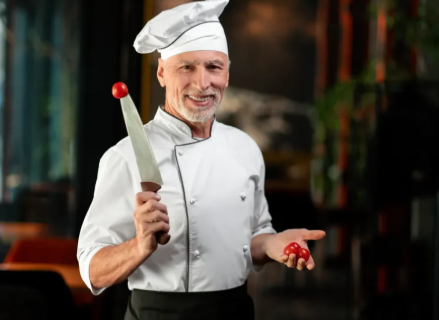
How to Pick Safe Stainless Steel Cookware (Pro Guidelines)
- Material grade: 304 or 316 food-grade only.
- Construction: Single or multi-ply bases.
- Thickness: 2.5–5.0 mm ideal.
- Surface finish: Smooth, polished.
- Handles: Fully welded or heavy-duty rivets.
- Compatibility: Works with gas, electric, and induction.
- Testing: Check for FDA/LFGB/ISO certifications.
Common Myths About Stainless Steel (Busted)
Myth 1: It releases metals into food.
Fact: Levels are far below safety limits.
Myth 2: Heats unevenly.
Fact: Multi-ply designs solve that.
Myth 3: Hard to clean.
Fact: Proper preheating and cleaning make it simple.
Myth 4: All stainless is the same.
Fact: Grades and quality vary—always choose certified food-grade.
How to Keep It Safe and Long-Lasting (Daily Tips)
-
Preheat gradually.
-
Use any utensils—no coating = no worries.
-
Rinse and dry after acidic dishes.
-
Avoid abrasives.
-
Inspect and replace if damaged.
-
Train your team on care routines.
How to Compare Suppliers (Quality Checks)
-
Ask for material certificates.
-
Inspect welds and rivets.
-
Test for balance and smooth finish.
-
Run a quick heat-spread test.
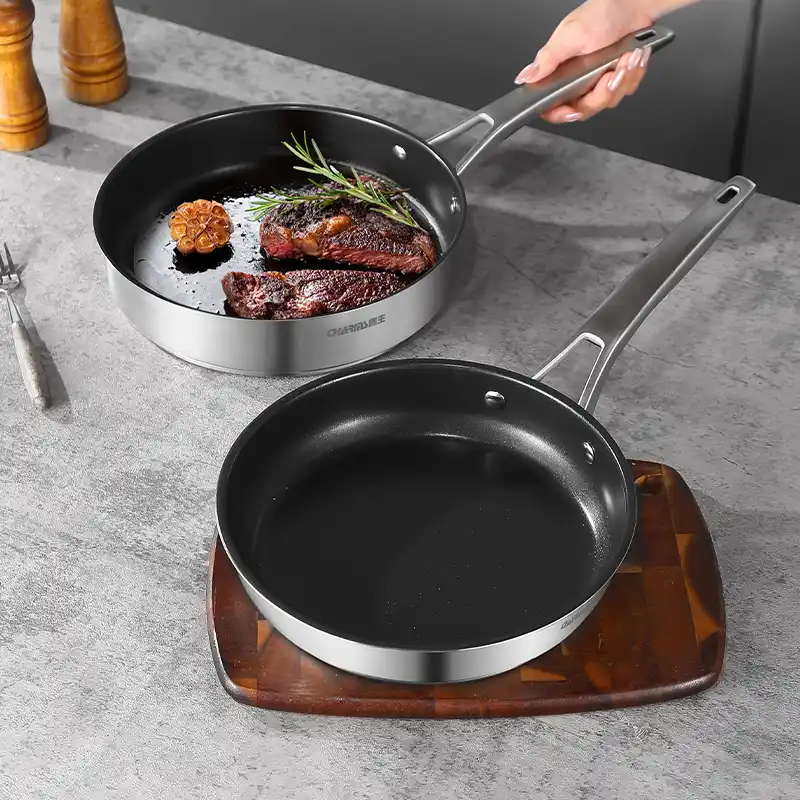
Eco and Business Benefits of Stainless Steel
From a business view:
-
Fewer replacements = less waste.
-
Supports environmental certifications.
-
Long lifespan boosts brand trust.
From a safety view:
-
Stable materials = lower contamination risk.
-
Simplifies compliance with ISO 22000, HACCP.
Conclusion
Cookware safety needs three things: the right material, good design, and proper care.
Stainless steel nails all three:
-
Chemically stable & non-toxic.
-
Handles heat and impact.
-
Stays clean with minimal effort.
Choosing stainless steel cookware isn’t just a purchase—it’s a commitment to quality, safety, and sustainability.
Your kitchen (and your customers) will thank you.
We are a Chinese cookware manufacturer providing one-stop service. If you are looking for pans, tableware, etc., please contact our team!


